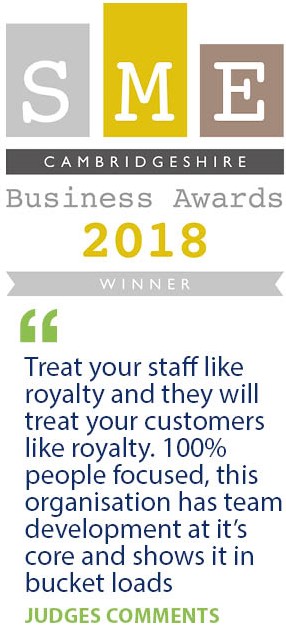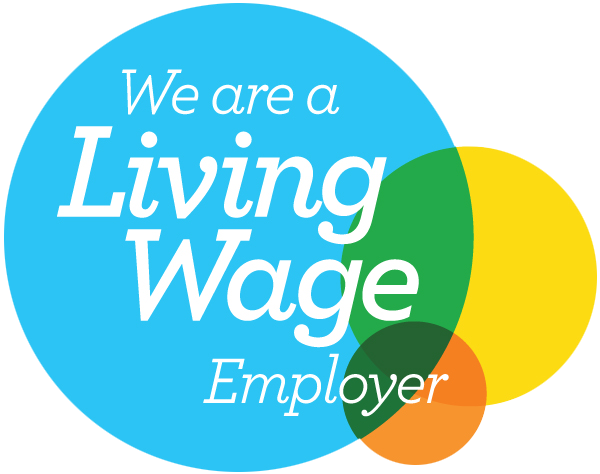
Run twice a year, Paydata’s HR Workshops are dedicated to the following sectors:
Here we outline six common themes that emerged from our spring workshops and the ways in which employers are tackling the recruitment and retention issues that all organisations are currently experiencing.
High employment and a lack of clarity over what Brexit means in practice continues to hold back pay movement and impacts business confidence. Inflation has fallen over the past year and levels are expected to stay just under the two per cent mark, increasing market pressure underlying pay reviews.
Sector snapshot
Responses on the whole range between pay increases of up to two and three per cent. Whilst Housing Associations, FM/M&E and Associations and institutes report levels around the two per cent mark as the sectors’ common pay increase, the most common for Residential Care, House Builders and PACCs is nearer three per cent. Healthcare is between the two ranges, with an average of 2.5 per cent.
Sector snapshot
Recruitment and retention challenges continue across all sectors for the second year running, with the greatest difficulties being faced by FM/M&E. Whilst they were acute last year, these levels have persisted. PACCs employers are reviewing their pay structures and salary scales to ensure that pay is awarded at a competitive and consistent level. Ensuring that there is a framework in place to make pay decisions fairly and transparently ensures that consistent decisions can be made. As a result, HR teams fulfil their affordability objectives when it comes to working effectively within their pay budgets.
Job families and pay structures were a common cross-sector theme, with different sectors using these frameworks to predominantly tackle the following headline challenges facing their industry:
Two thirds of employers have had to offer higher salaries to new recruits than those paid to existing employees, a highly popular recruitment device across all sectors.
As part of employers addressing recruitment and retention issues, organisations are increasingly reviewing their employee value proposition. Employers are ensuring that this is consistent across literature and reviewing how compelling the reasons are about why prospective recruits should join the organisation. Younger generations want greater clarity and regular reviews around pay and progression, with companies focusing on creating clear career paths and a clear sense of where individuals fit into the delivery of their vision.
Out of each sector’s annual pay bill, out of cycle pay increases are in operation to the following extent:
‘Inflationary pressures’, ‘Individual employee promotions’ and ‘Market pressures’ are the most common causes for out-of-cycle increases across all sectors.
In the second year of gender pay gap reporting, incremental change has been seen year on year. Progress in the PACCs sector was particularly noted in relation to trainee/apprentice quantity surveyors where the gap stood at 40 per cent in 2018 and it has reduced to 30 per cent, illustrating the impact already being felt for entry-level roles and the focus being placed on attracting more women to a traditionally male-dominated industry.
The reporting regulations pose a greater administrative burden to some organisations than others. PACCs organisations are typically smaller which generally creates more work in processing the data. FM/M&E employers report particular problems involved in the industry when it comes to TUPE transfers associated with defined contracts that the organisations compete for which makes the process intrinsically complex. Work is won based on five to ten year contracts which poses greater challenges when it comes to harmonising practices across their organisations, with a number of payroll systems involved in gathering this data every year across tens of thousands of employees. Most organisations are conducting further Gender Pay analysis to identify the key drivers behind their figures, but one third report taking no action on their figures.
Benefits were discussed as part of employers undertaking a general review of providers and assessing the uptake of benefits on offer. This might be related to the overall picture of recruitment and retention challenges, with 40 per cent of employers considering total reward statements in the year ahead according to spring 2019 edition of Paydata’s UK Reward Management Survey. Demonstrating the value organisations are offering to employees through this kind of internal communications device is a key retention tool, whilst benefits make up a critical element of the reward package. Car allowances are something that associations and institutes were focusing on in particular, with tax burdens meaning that employers are less likely to provide company cars.
The impact of NLW rises remains a key concern for employers within housing associations, residential care and healthcare. For the more junior level of roles and the remuneration on offer, wider market considerations come into play as carers can be offered the same level of pay to work in less physically and emotionally demanding jobs, driving recruitment and retention issues in these sectors. NLW rises also mean that pay scales risk being undermined, with employers still needing to acknowledge increased responsibilities for more senior roles with meaningful pay increases; NLW creates additional pressure to make adjustments across the pay scales.
Ethnicity pay gaps are increasingly featuring on HR agendas given the reporting regulations that are being proposed. Sectors are particularly grappling with how to measure these figures when often there is no record of this information on the payroll system. Whilst data on ethnicity is often required on a voluntary and not mandatory basis, organisations also face the difficulty that responses can be much more diverse than those for gender pay, so they are faced with having to ask all employees directly which potentially makes the data collection a significant exercise in itself.
The future of HR analytics was also widely discussed across sector groups. Organisations hope to use this data intelligently and more regularly to monitor and predict labour turnover trends.
Our HR Group meetings enable members to exchange information on topics of interest and offer an excellent opportunity to meet and network with your HR industry peers. Get in touch to register your interest for our next round of HR meetings in the autumn.
Register your interest10 May 2019
The window of opportunity to contribute to Paydata’s bi-annual UK Reward Management survey is open...
Sign up for briefings on pay benchmarking, salary surveys, reward strategy and statistical updates.
sign up for updates
© Paydata Ltd 2025 All rights reserved.
Registered in England no: 3632206
VAT no: 728 0808 28
Paydata Ltd, 24 Commerce Road, Lynch Wood, Peterborough, Cambridgeshire, PE2 6LR

